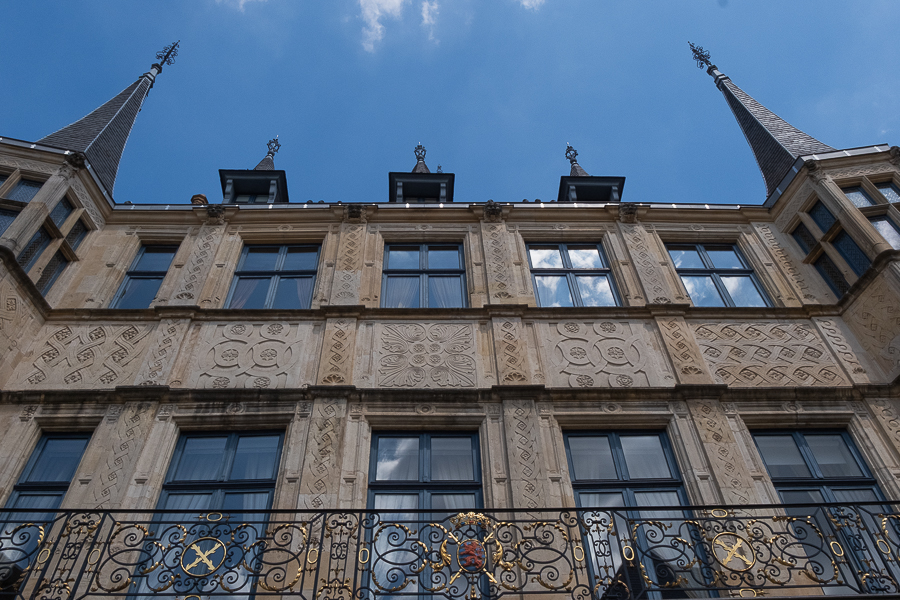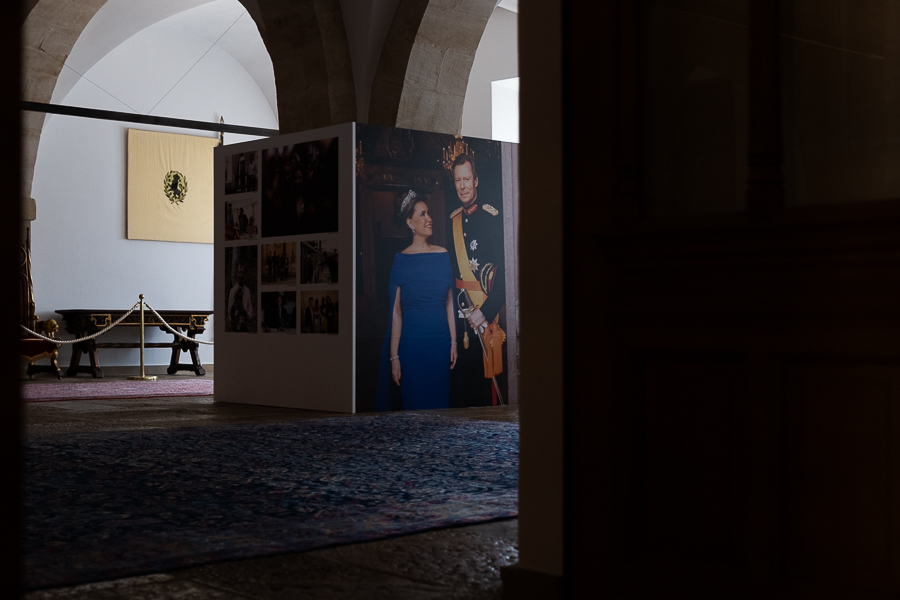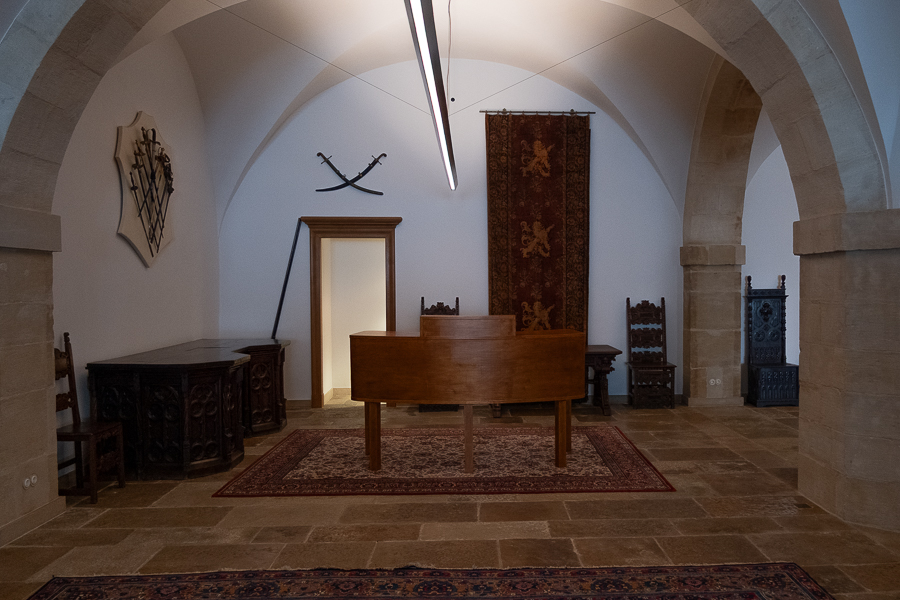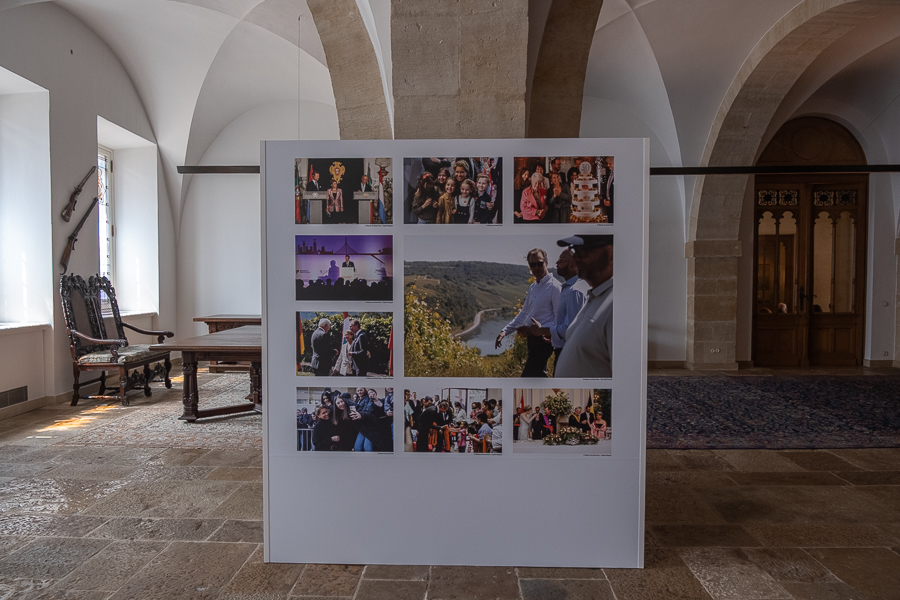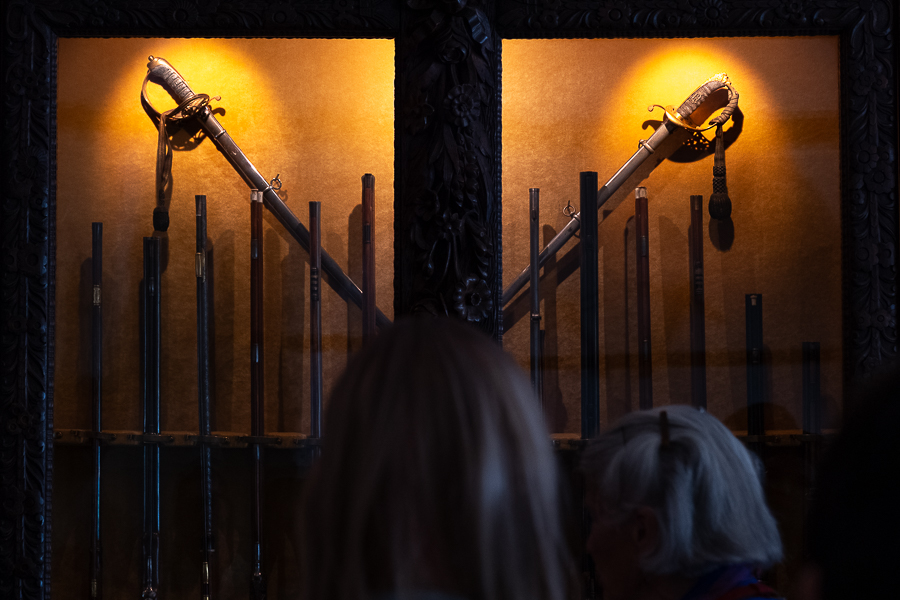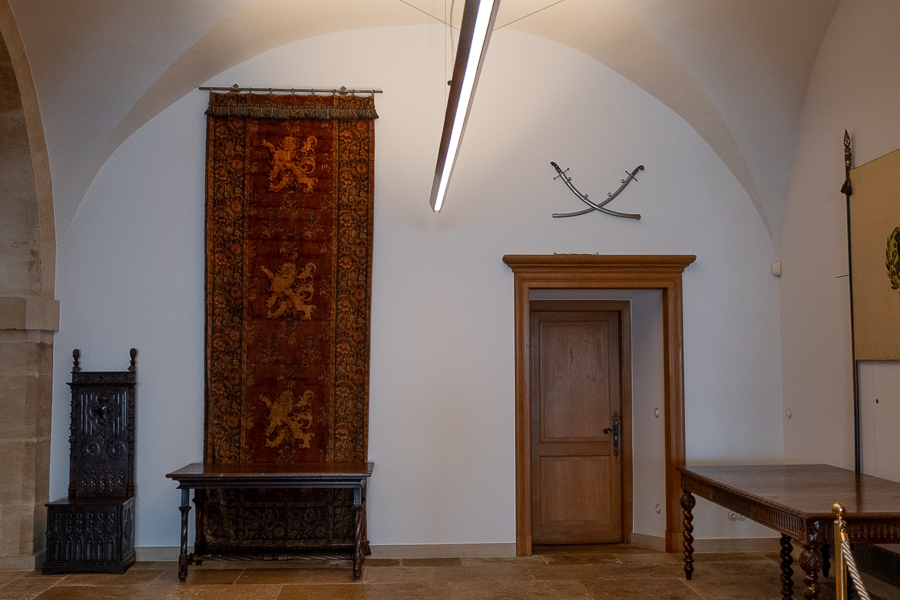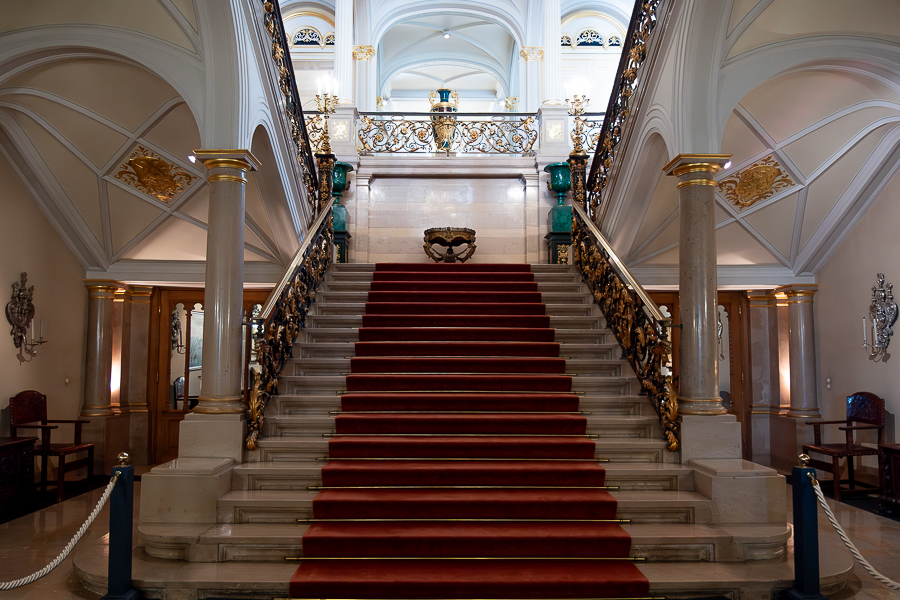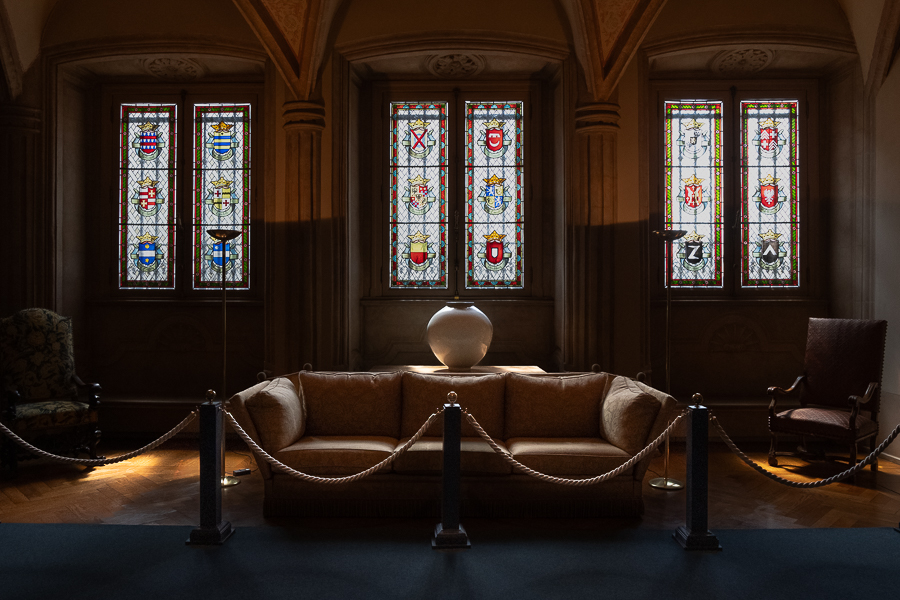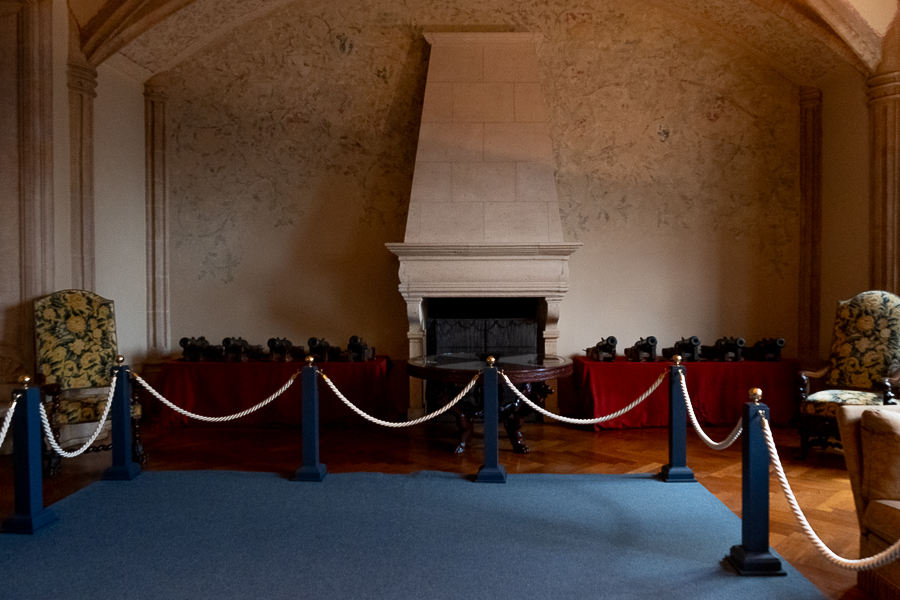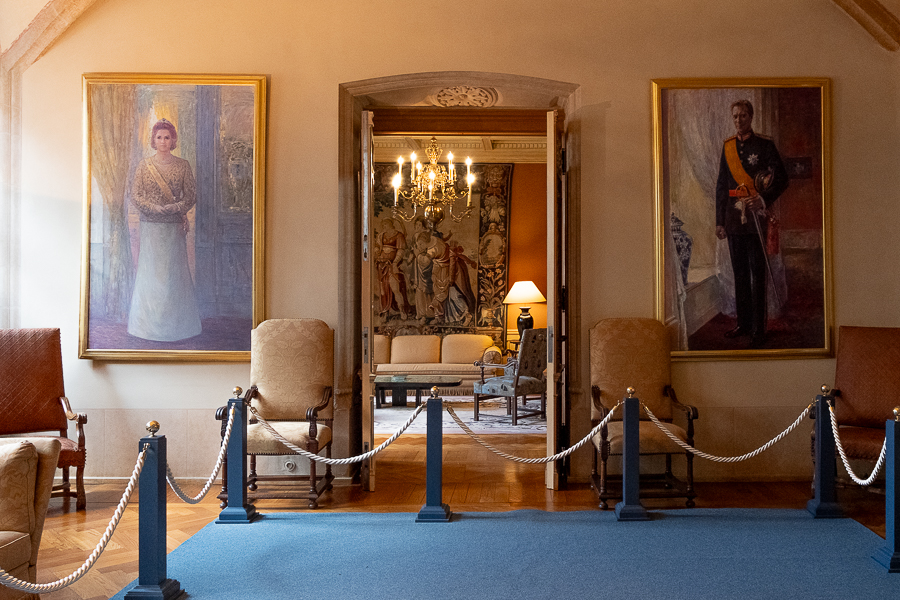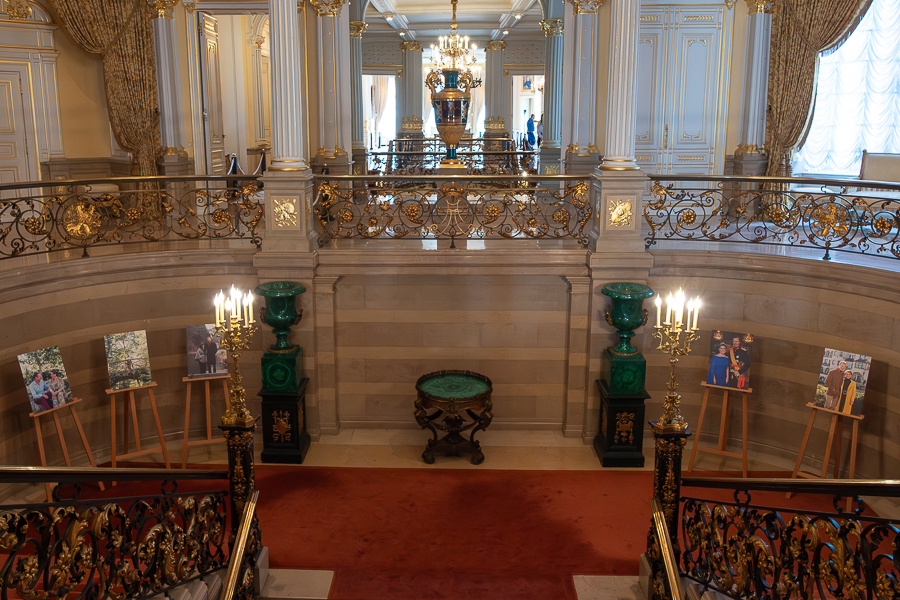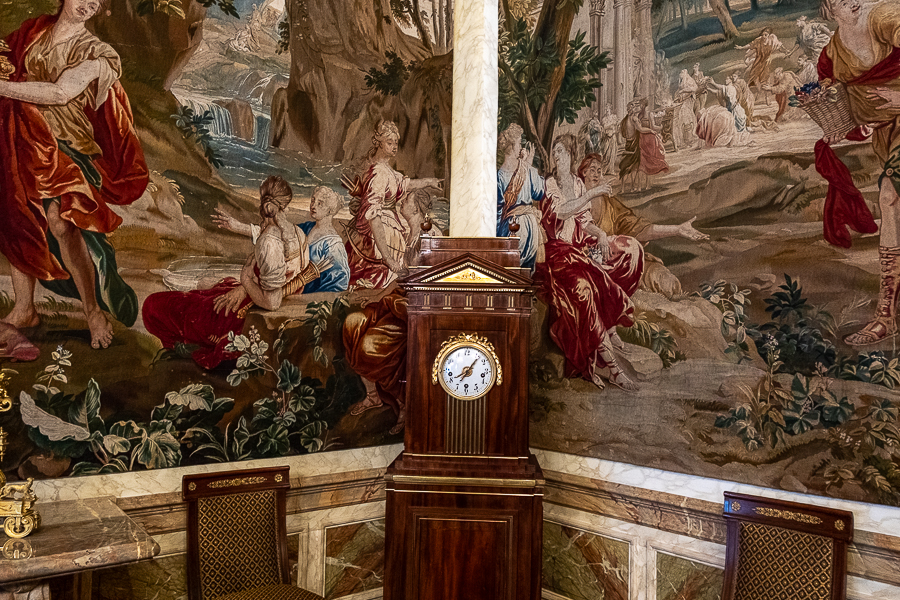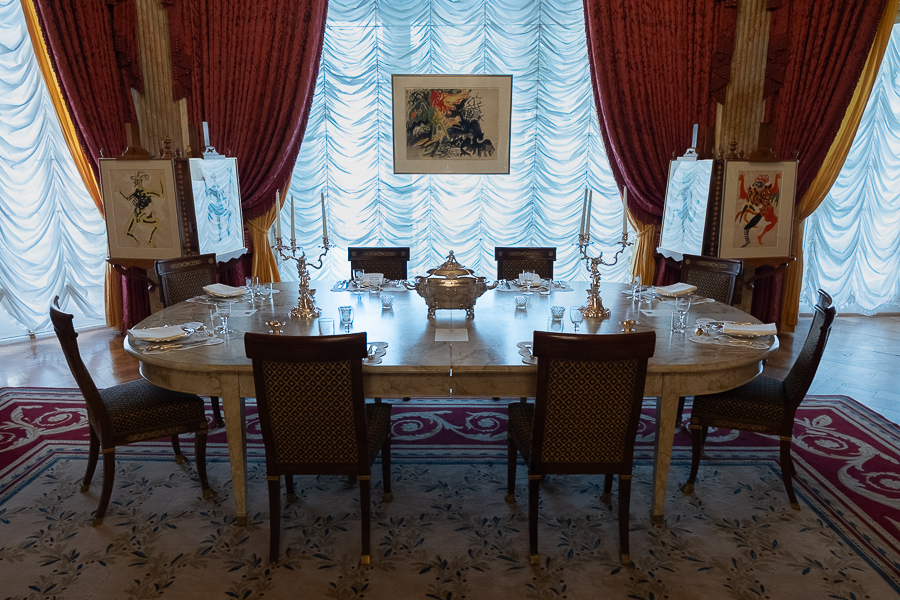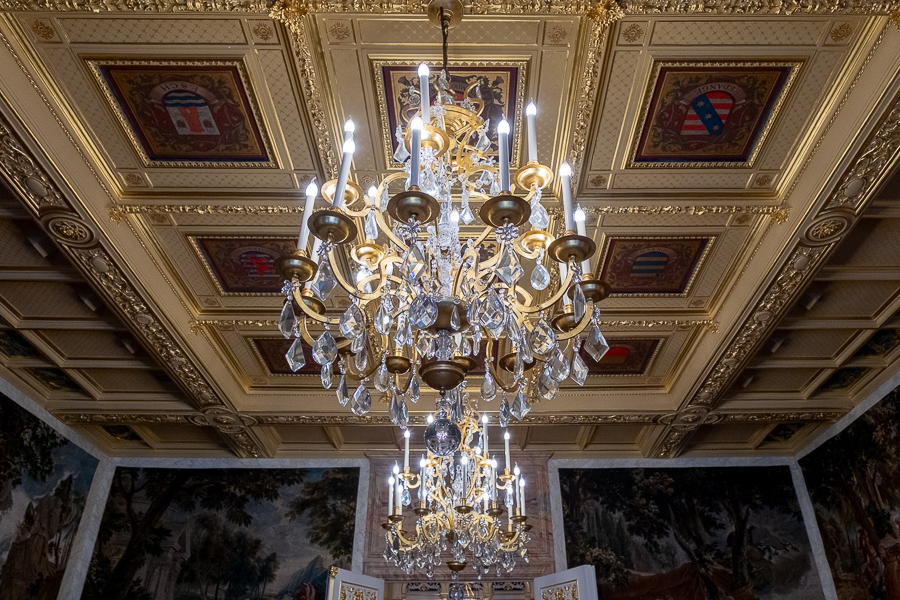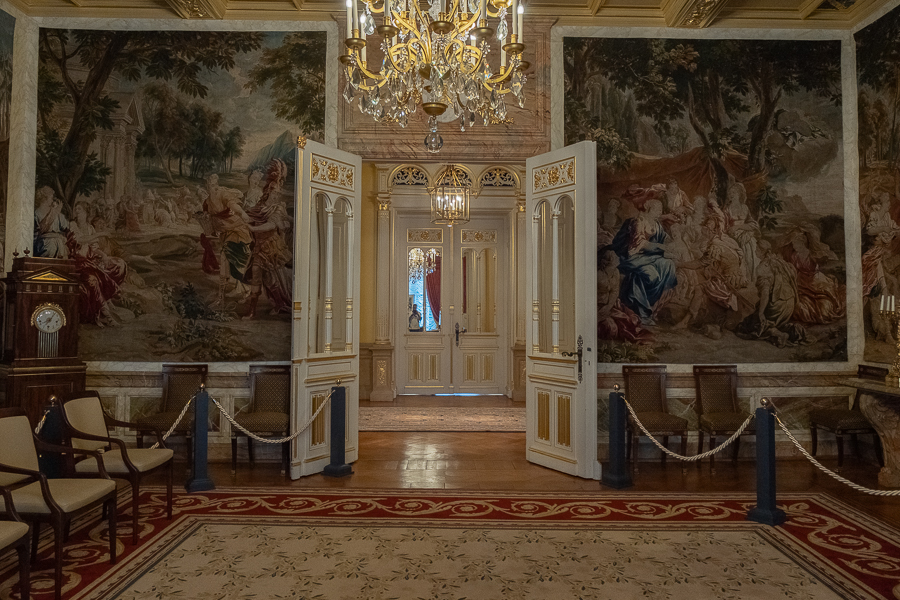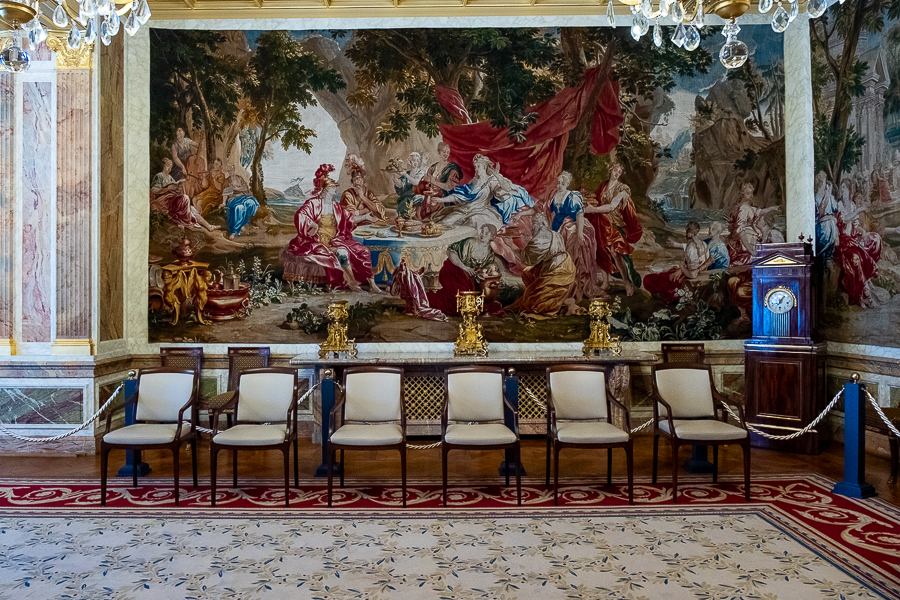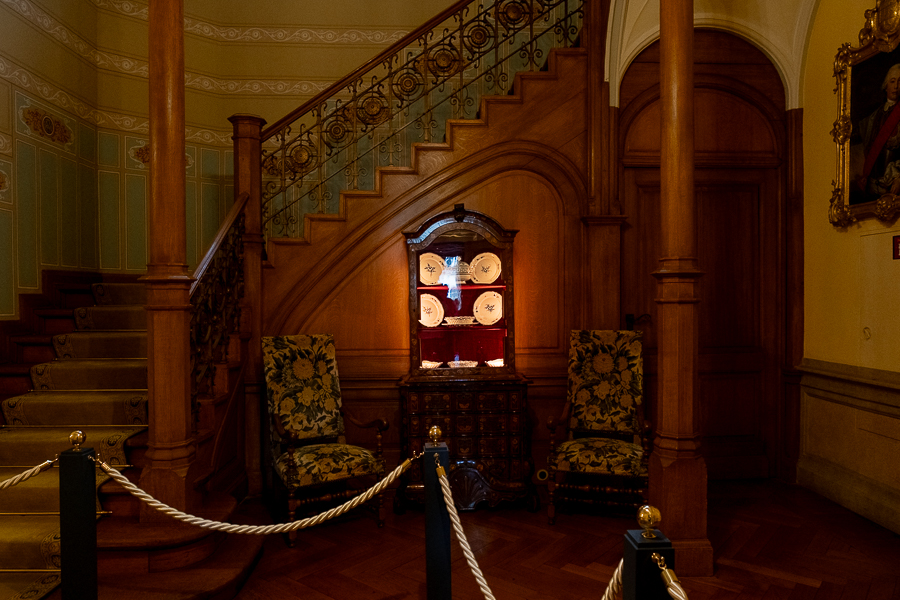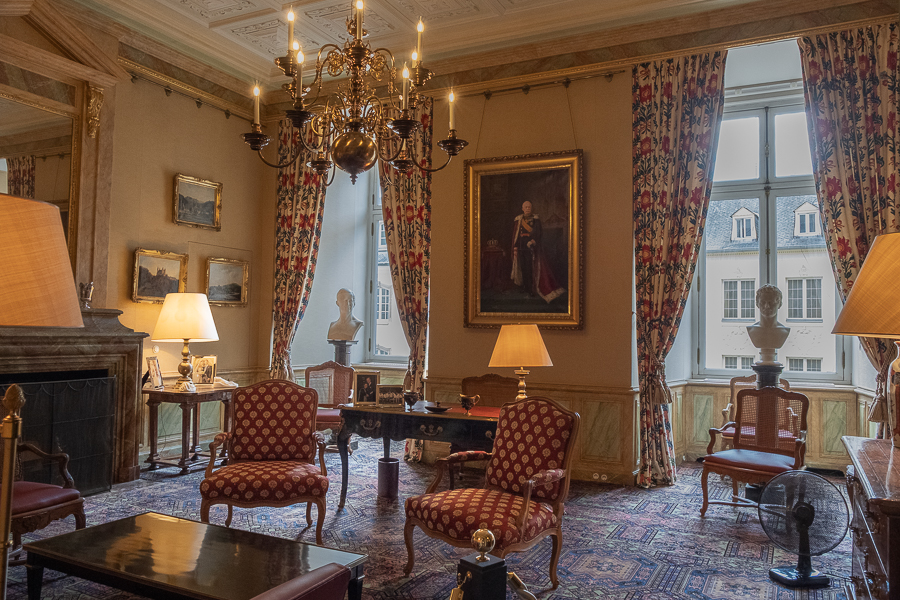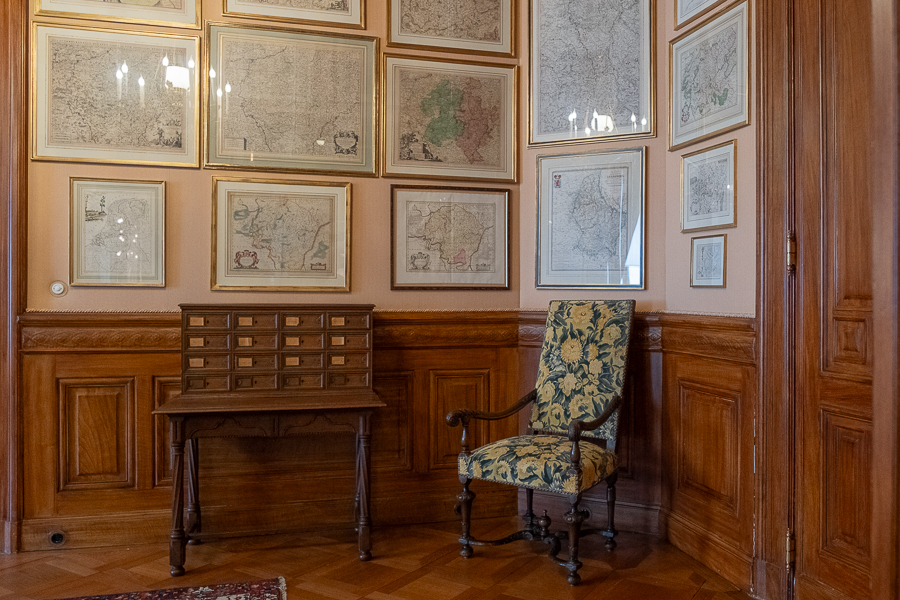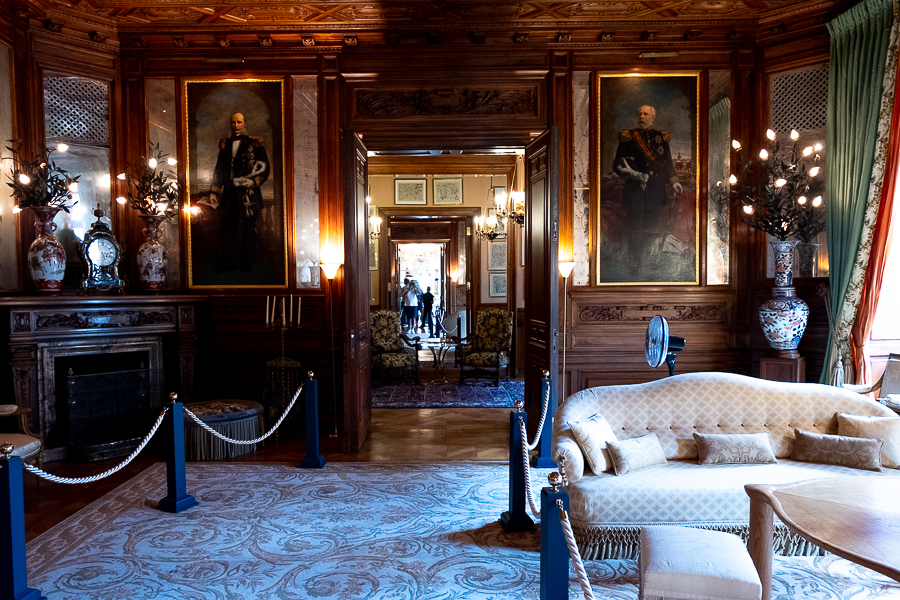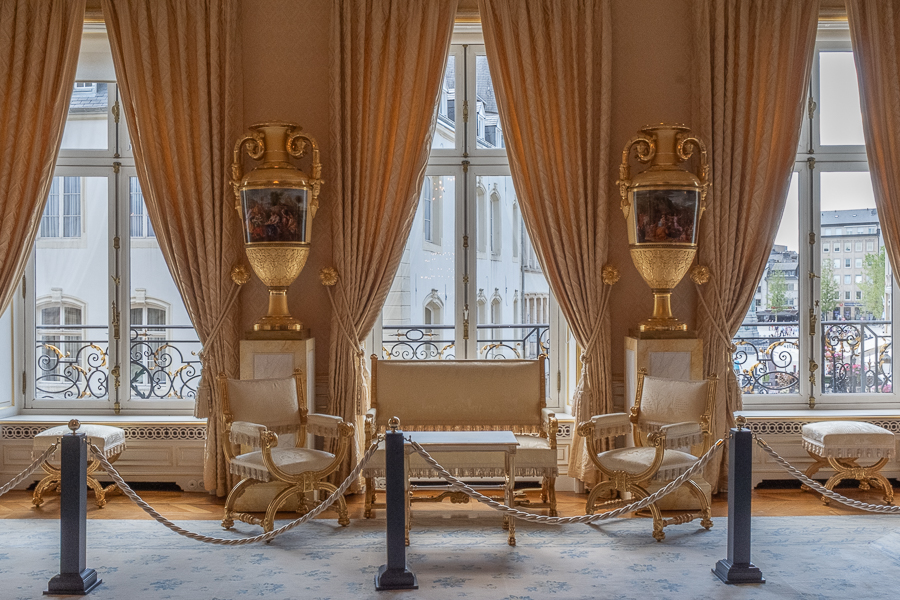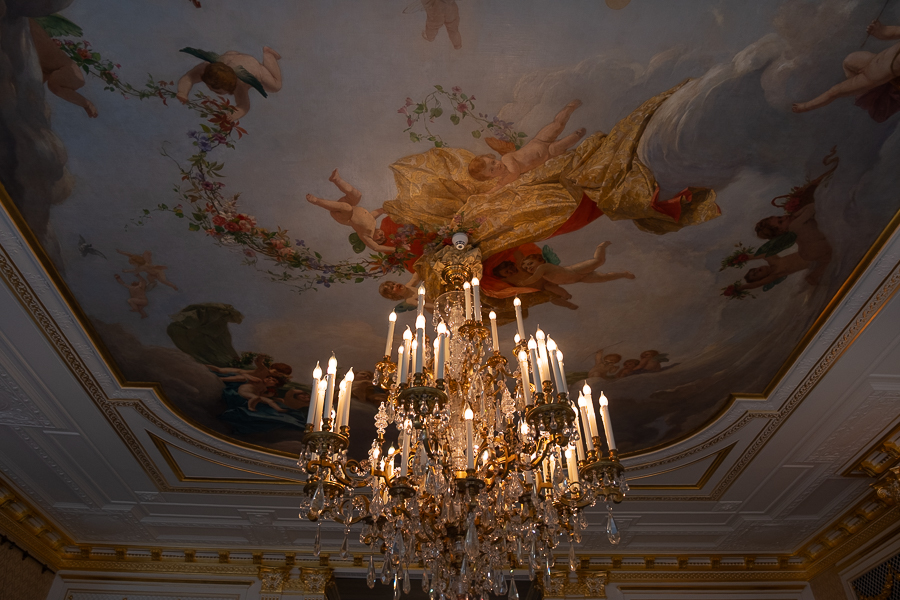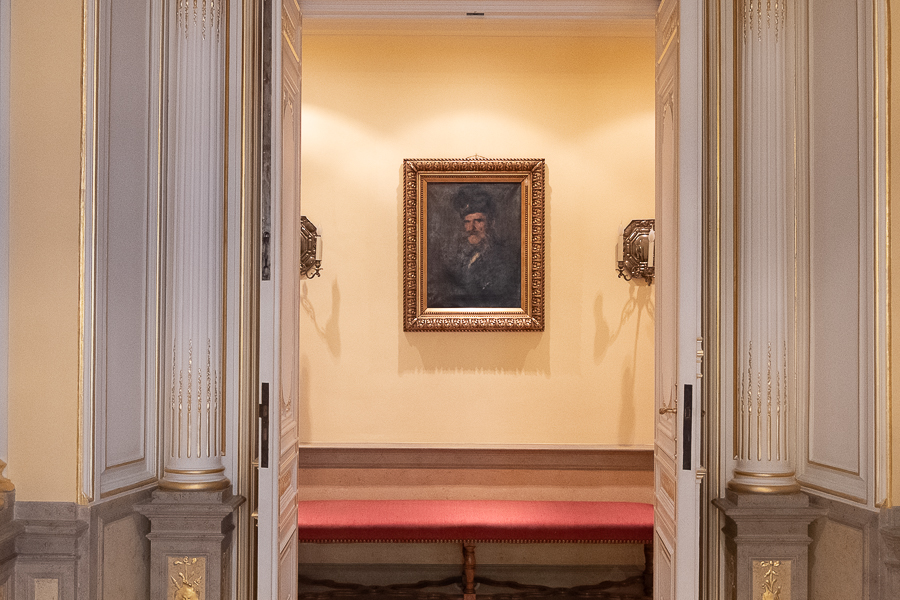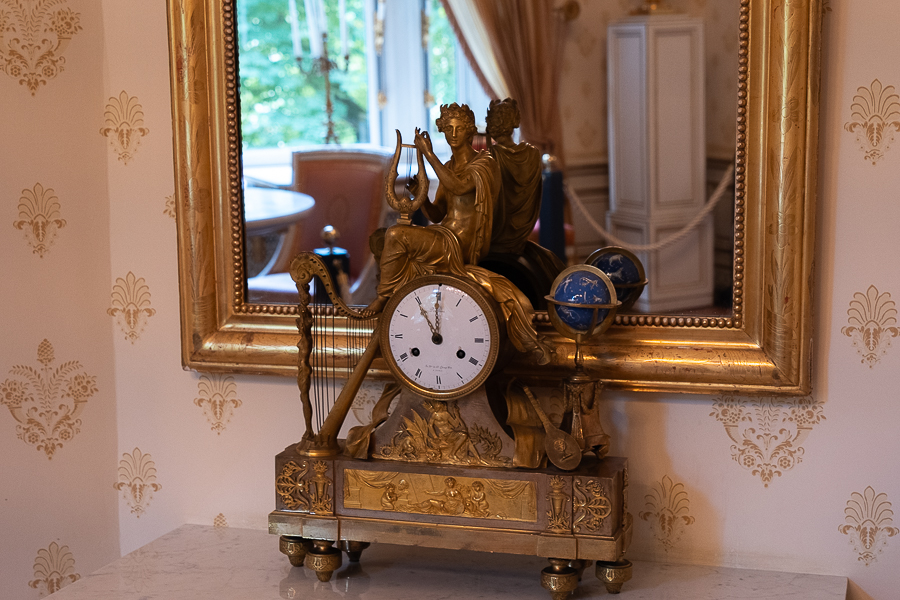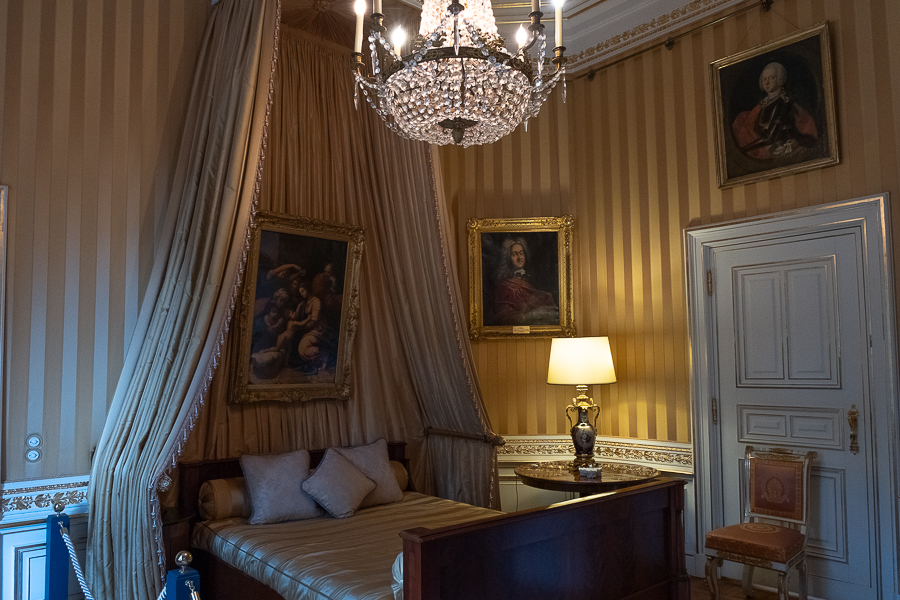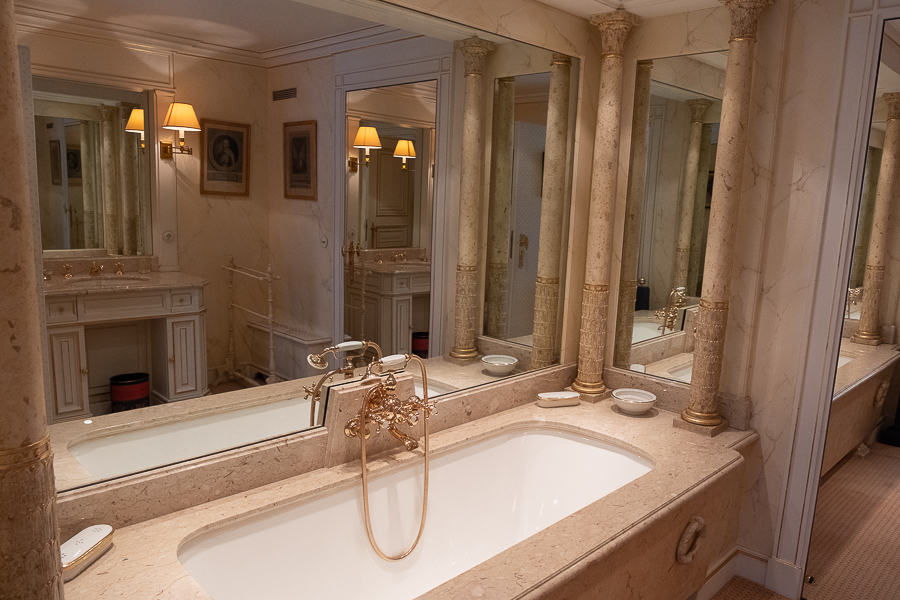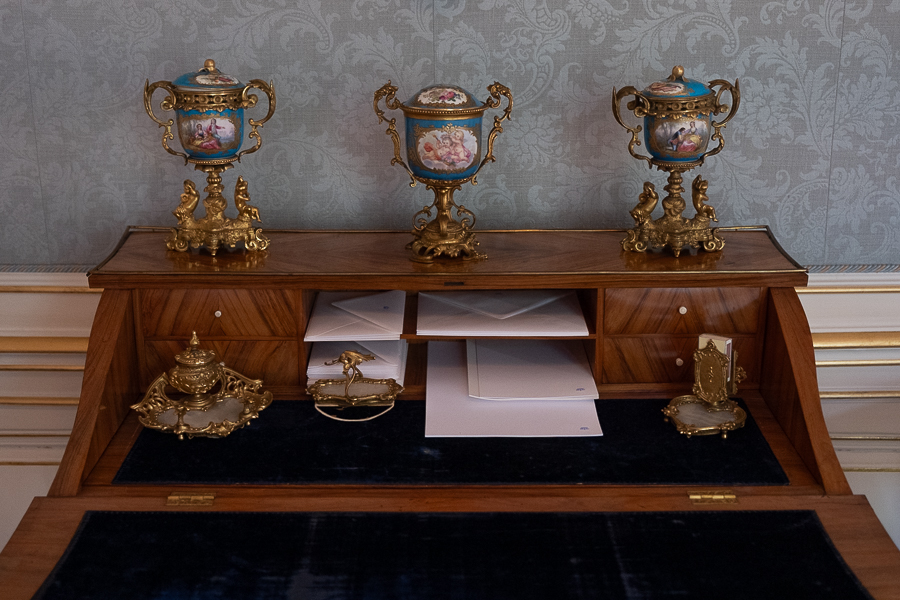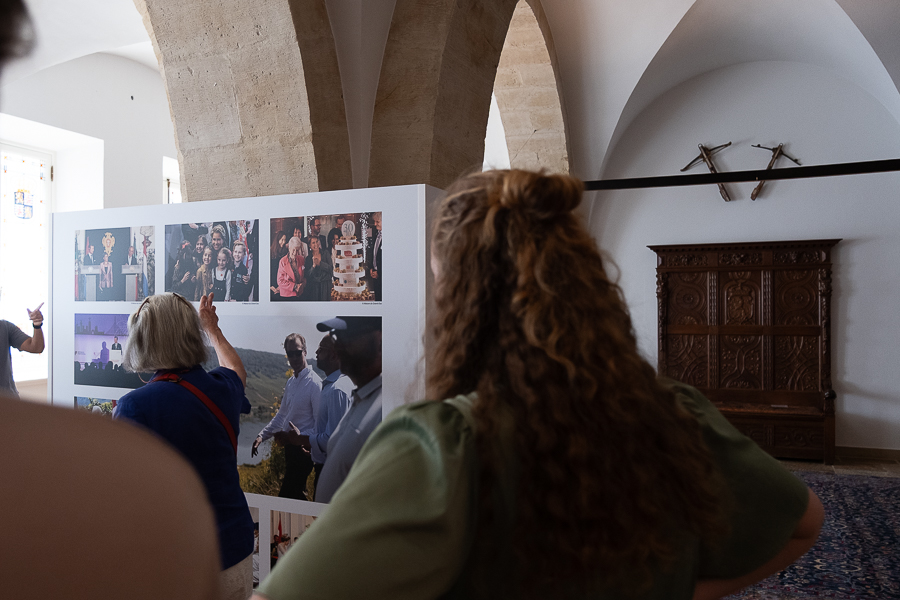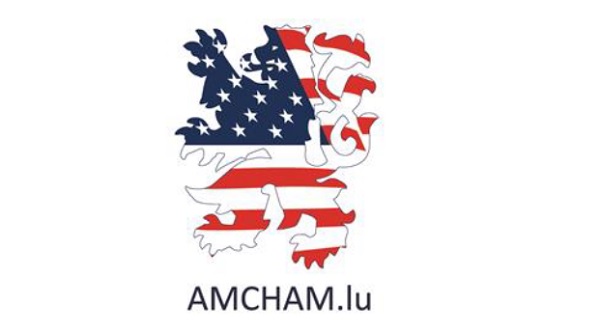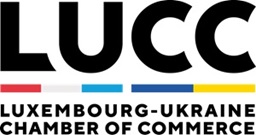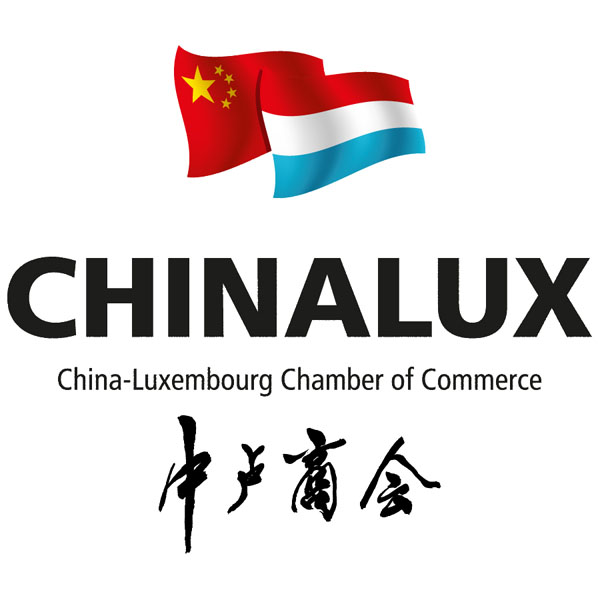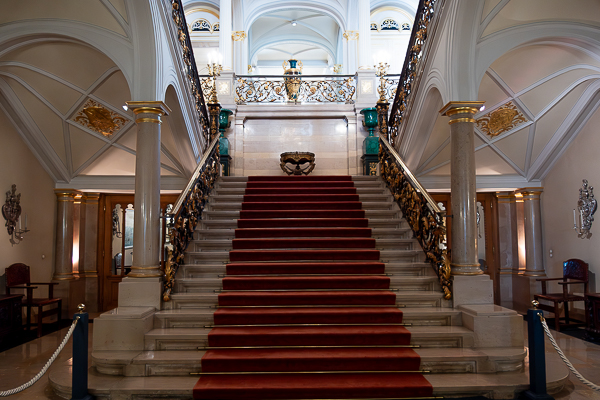 Credit: Ali Sahib, Chronicle.lu
Credit: Ali Sahib, Chronicle.lu
On Friday 18 July 2025, Chronicle.lu was invited to participate in a guided tour of the Grand Ducal Palace.
The tour, organised by the City of Luxembourg Tourist Office and hosted by tour guide Lou Spaus, began on Place Guillaume II with Ms Spaus providing a brief history of the establishment of Luxembourg and the country’s first constitution, created under William II.
The tour then moved on to the exterior of the Grand Ducal Palace, where Ms Spaus described the development of the building from a city hall constructed in 1572, through 1740 - where the central part of the palace stands today - to the addition of the ‘tower’ section in 1790 and the additions which make up the palace as it is known today.
We were then guided toward the section of the palace which contains the entrance to the Chamber of Deputies and the glass access bridge which crosses above Rue de l’Eau and was constructed with the permission of UNESCO, who dictate what external changes can be made to the buildings in the area.
We then approached the security gates at the rear of the palace and were escorted inside to undertake a brief security check, with visitor bags left securely at the palace entrance and visitors reminded that photos inside the palace are not permitted during the tour.
Ms Spaus began the internal tour with a visit to the entrance hall, which was formerly used as a weighing room for merchants bringing their goods to the city to sell on the market square. The goods were measured to evaluate a sales tax which would be levied against the items being sold.
The hall currently holds a photographic display of various images of the Grand Ducal family throughout Grand Duke Henri’s 25-year reign, which will come to an end on 3 October 2025 when Hereditary Grand Duke Guillaume will take over official duties from his father. Also on display in the hall are a selection of weapons, including crossbows and rifles, one of which was gifted by Napoleon Bonaparte.
Exiting the entrance hall, we cross the courtyard, with Ms Spaus revealing that underfoot are not traditional cobblestones but special wooden bricks installed at the request of Grand Duke Adolphe to reduce the noise of the Grand Duke’s horses and carriage as they entered the palace.
We then move into the main building of the palace, containing the ornate stairway to the palace’s upper levels. On the ground floor we are shown the room where guests wait before being invited to meet with the Grand Duke. Inside are ornate stained-glass windows showing the coat of arms from the families who resided in the castles of Luxembourg. There are also portraits of historic members of the Grand Ducal family, including Prince Felix and Grand Duchess Charlotte.
We then climb the grand staircase, which features prominently on photographs of visiting guests and is decorated on each side with ornate floral designs made from bronze and ironwork which came from Belgium. On the mezzanine sit two large vases made of malachite, which came from Russia, their intense turquoise bluish green colour standing in contrast to the sandstone, gold and burgundy which adorns the inside of the palace.
On the first floor we are guided through a series of rooms, including the dining hall, with its tapestries gifted by Napoleon, bronze and crystal chandeliers and a ceiling bearing the coat of arms of each of Luxembourg’s twelve cantons. Next is the Grand Duke’s office, featuring numerous portraits, artistic representations of the city of Luxembourg across the centuries and Grand Duke Adolph’s tobacco cabinet, where he would store his collection of cigars from across the world. We then enter the King’s Room, with its luxurious wooden panelling and portraits of Grand Duke Adolphe, William II, William III and William IV. In the neighbouring room, decorated in brilliant white and gold, hang portraits of Grand Duchess Charlotte and Princess Elizabeth, with a neighbouring room featuring portraits of the current Grand Ducal Family.
Lastly, we are guided through the reception hall, which gives access to the balcony at the front of the palace and is utilised by the Grand Ducal family on occasions such as National Day. The hall is wide and spacious and adorned with ornate mirrors, gold detailing, furniture from the reign of Louis XIII and Grand Duchess Charlotte’s collection of ceramics from Villeroy & Boch.
As the tour concludes, we are informed by Ms Spaus that the money raised from tickets for the tour (minus the costs of the Luxembourg Tourist Office) is donated to the Fondation du Grand‑Duc et de la Grande‑Duchesse, which supports vulnerable groups in Luxembourg and abroad and prioritises inclusion, aiding people with learning disabilities, single mothers and victims of social exclusion or sexual violence.
Further information on the tours at the Grand Ducal Palace can be found at https://monarchie.lu/en/visit-grand-ducal-palace.

